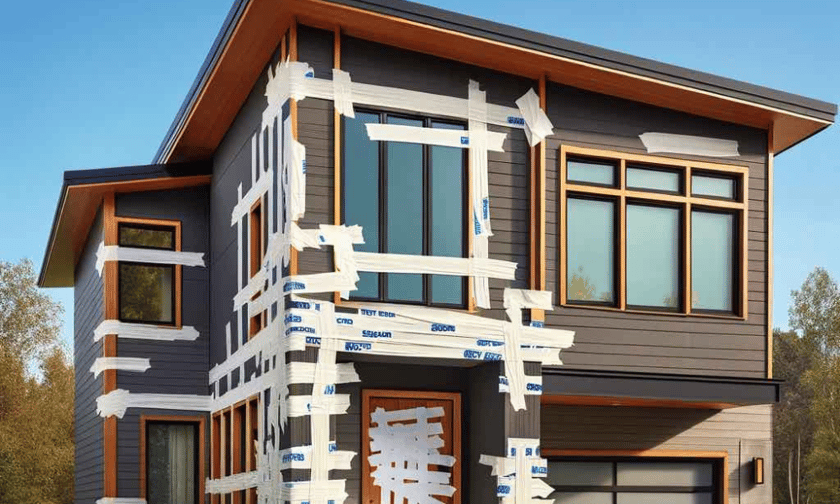

Gardens argued; despite the faulty workmanship, it was damage from the moisture to roofing and sheathing – both of which were covered risks – that they were claiming.
Farmers argued; there was a faulty workmanship exclusion. The resulting loss exception does not apply to natural consequences of an excluded peril and, relatedly, that condensation is not a new peril because it is the “natural and unavoidable byproduct of the faulty lack of ventilation.”
The Gardens Condominium v. Farmers Insurance Exchange case revolves around an all-risk insurance policy issued by Farmers Insurance Exchange to The Gardens Condominium. The policy was designed to cover any direct physical loss unless caused by an excluded event. Notably, the policy included an exclusion for faulty, inadequate, or defective workmanship but also contained a resulting loss exception. This meant that if faulty workmanship led to a covered peril which then resulted in loss or damage, such loss or damage would be covered under the policy.
In late 2002, The Gardens Condominium discovered damage to their 26-unit building’s roof attributed to faulty design and construction, particularly inadequate ventilation. This led to water vapor condensation on the roof sheathing, causing damage. The condominium undertook repairs to improve ventilation and eliminate condensation.
However, in 2019, further water damage was discovered, including to the roof’s fireboard and sheathing, which was again due to inadequate ventilation resulting from the earlier faulty construction. This continued exposure to water vapor and condensation caused significant damage. When The Gardens sought coverage for the repair costs under the insurance policy, the California headquartered insurer denied the claim. The insurer reasoned that the damage was a consequence of faulty construction, which initiated a sequence of events leading to the loss, and thus fell under the policy’s faulty workmanship exclusion.
The Gardens filed for declaratory judgment, seeking coverage under the policy for the water damage. The argument was that the policy, through its resulting loss exception, should cover the damage caused by condensation and water vapor since these were types of damages the policy would ordinarily cover, despite the initial cause being faulty workmanship. Farmers countered by arguing that the resulting loss exception only applied if a covered event broke the causal chain initiated by an excluded risk.
Both parties relied on a stipulation that faulty construction had initiated a sequence of events, including inadequate ventilation and condensation, resulting in the loss or damage. The case thus presented a significant question on the application of the resulting loss exception in all-risk insurance policies, specifically whether coverage is preserved for damages caused by conditions that are typically covered, even when those conditions result from an initially excluded event like faulty workmanship
The Supreme Court of the State of Washington issued a decision on March 14, 2024.
The trial court initially ruled in favor of Farmers, supporting the insurer’s interpretation that the policy intended to exclude damage arising from a sequence initiated by faulty workmanship. However, this decision was reversed by the Court of Appeals, a reversal that the Supreme Court of Washington later affirmed.
The Supreme Court’s decision focused on the interpretation of the resulting loss exception within the policy. It clarified that such exceptions are meant to preserve coverage for losses caused by covered perils, even if initiated by an excluded event like faulty workmanship. The ruling emphasized that the policy’s language did not limit the resulting loss exception to independent perils or to situations avoiding natural consequences of excluded events.
This decision has implications for how all-risk insurance policies are drafted and interpreted, particularly regarding exclusions and resulting loss exceptions. It suggests a need for carriers to clearly articulate the scope and limitations of coverage and exclusions to avoid future disputes. For policyholders, it highlights the importance of understanding the nuances of policy language, especially regarding what losses may or may not be covered under specific circumstances.
